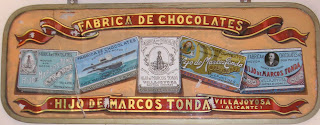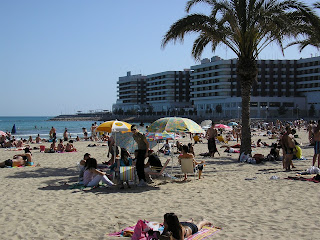The Stately Homes of Tarragona

Tarragona is a delight. Small enough to get a good feel for the town and yet lots of interesting things to see and do. Skip the crowds of tourists in Barcelona and visit Tarragona (an easy day trip). In addition to the Roman ruins, there are two lovely old homes that are well worth visiting. Castellarnau House Castellarnau House was built at the start of the fifteenth century, and it was the home of some of the most influential families in Tarragon for the next 400 years. The noble floor has elegant rooms for entertaining with ceiling murals and 18th and 19th century furniture. Unlike English stately homes, there are no carpets. Instead, the mosaic designs on the floors imitate the patterns of elaborate carpets. I was entranced by the kitchen on the ground floor with tiled paintings of saints and a wood stove inside the tiled cabinet with vents for kettles and pans. There is a lovely inside courtyard with a door leading to a small low-ceilinged room for storing wine barre








